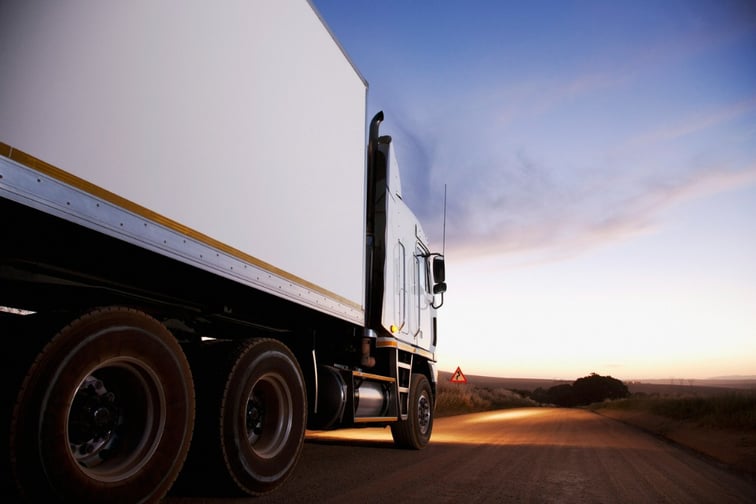

The high-risk commercial auto space, often referred to as the substandard auto space, is a dynamic environment as risk profiles of fleets and drivers are ever-changing.
The entire commercial auto market does not fall into the high-risk category, but Greg Hull, vice president of sales at AA Munro, explained that the regular market has chosen to completely withdraw from this category of business or extremely limit the amount of coverage it’s willing to provide.
“As of late we’re seeing some challenges when trying to get coverage, especially in areas like forestry trucking or snow plowing operations,” he said. “We’ve also had some struggles with towing operations in certain long-haul companies.”
In order to get coverage for these businesses, brokers have had to turn to the substandard market, as many insurance companies have limited their capacity.
“The job of the broker is being an advocate for clients and presenting the best possible risk profile,” Hull noted.
Working closely with clients and getting the full picture of business operations, safety procedures, pre-trip inspections, maintenance records and driver qualifications all come into play when approaching underwriters in today’s marketplace.
Hull mentioned that getting all the required information to present risks is no easy task. With a background in long-haul trucking prior to joining the insurance industry, he emphasised that getting everyone on the same page when it comes to risk takes a comprehensive approach.
“It’s all about trust between the client, broker and underwriter, where information is being freely shared,” he continued. “Those partnerships are extremely important for more complex auto accounts right now.”
There are unique risks that a trucking company may not think could be detrimental, which is where brokers come in and bring a wealth of knowledge to bridge the gaps.
Another challenge is keeping up with the marketplace itself. Hull mentioned that just because an insurer does not want to write this certain type of business this year, it does not mean they’re not going to be open to it in the future.
“Auto is trending better, and results are improving so insurers may be more inclined to enter into the space,” he said. “Brokers need to realize that a ‘no’ today doesn’t mean a ‘no’ in six months.”
The pandemic and supply chain interruptions have kept brokers on their toes too, increasing the need to be agile and stay current with what insurers are offering.
Another major area of concern for the space is talent. The pandemic has accelerated seasoned drivers towards retirement and with high turnover, onboarding new drivers is a large factor that is impacting client’s risk profiles.
“I see insurance companies fearful because, traditionally speaking, there is a larger number of claims with inexperienced drivers, but it’s a double-edged sword,” Hull explained. “When you lose drivers, new ones are necessary. There are a lot of moving parts brokers have to deal with right now.”
When brokers are working with clients, Hull suggested they gain an in-depth understanding of their driving onboarding and training program to give underwriters a sense of ease that risk is being mitigated as much as possible.
“Driver development is a very important component for companies to have a good coverage going forward,” he said.
“Develop a risk program and stick to it. That is they key for a best-in-class operation,” Hull noted. “It doesn’t mean that a client won’t fall into a higher risk category, but it affords them the best opportunity to possibly avoid it.”
